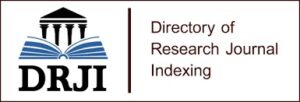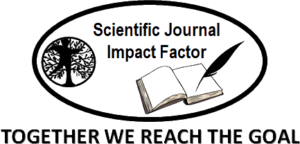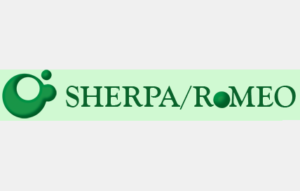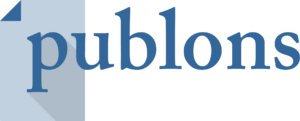Insomnie au cours des accidents vasculaires cérébraux : aspects épidémiologiques, cliniques, et thérapeutiques au service de neurologie de l’hôpital national IGNACE DEEN
Insomnia is a common complaint that often appears in the acute phase of stroke, associated with daytime disturbances, it involves the process of functional neuro-rehabilitation after a stroke. The present study aimed to determine the epidemiological, clinical and therapeutic characteristics of insomnia during stroke in the neurology department of the Conakry University Hospital.
We conducted a prospective descriptive study lasting 6 months. All patients hospitalized during the study period for stroke confirmed by brain imaging and who met the DSM-5 diagnostic criteria for insomnia were included. Sociodemographic, clinical and therapeutic variables were listed.
Out of a total of 240 patients hospitalized for stroke, 62 patients experienced insomnia during our study, i.e. a frequency of 26%. The average age of the patients was 53.12 ± 13 years (range 16 and 90 years). There were 34 women and 28 men with a sex ratio of 1.21. The main type of stroke was ischemic, i.e. 64.5%. Difficulty falling asleep was the most common insomnia complaint, accounting for 56.4%. The mean NIHSS at admission was 9.51 ± 4 (range 1 to 16). 35 patients were treated with zolpidem and 20 patients with amitriptyline. The development was favorable.
In conclusion, insomnia during stroke is common and can have a deleterious impact on neurorehabilitation during stroke due to daytime disturbances.
Keywords: Insomnia, stroke, daytime disturbances, neurorehabilitation.




















